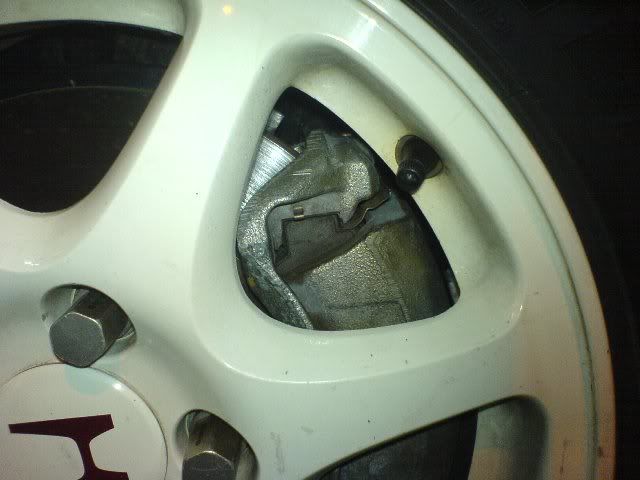zaki said:
i'm trying to understand those two statements.
Horsepower is directly proportional to Torque & RPM
HP = Torque x RPM / 5252
for point a)
if you have a car that cannot rev high, you can get high HP by generating more torque.
for point b)
if you car have `ciput' torque, you can get high HP by revving higher.
am i rite? :regular_smile:
take for an example, 1200hp supra vs 1200hp 1987 McLaren-Honda
1200hp supra revs until 7000RPM
so the torque would be Torque = 1200 / 7000 x 5252 = 900.3428 lbs-ft
McLaren-Honda revs up to 14000RPM
Torque = 1200 / 14000 x 5252 = 450.1714 lbs-ft
Yup.. that's why you and I can see how lower hp can still beat higher hp cars. (assuming the gearing is right)
That's why ciput torque cars want high ratio FDs, while insane torque cars seems to want something a less than 4.0
But that calculation not entirely correct (It's not wrong), because peak hp is measured at the rev point where the peak torque is greatest. Assuming that your peak HP did occur at that rev point.. then you have your number, and the above calculation is correct.
Mine is 163whp on paper, but that's at 7.5K only.. not 8K.
If can eke out or maintain torque past that 7.5K mark.. I think sure can register near 170whp at peak. Thing is.. too many factors affect that flow at high rpms, and you essentially WILL kill quite a substanstial amount of low end power to achieve it. As to how to achieve that.. that one is probably answerable by experimentation or more study. Currently the answer seems apparent to me that cam duration will affect that, but that's still in the realm of limited experiences and theory. But apart from that, I think piping (including the size of the primaries) can also affect that.. but from what I've learn and seen.. 2.5 is just way too big for a 1.6L car.. perhaps unless we rev it up to 9K or more and with cams & valvetrain to compensate. And I think you and I can guess what happens to the flow at lower rpms then.
I'm not so deluded by hp numbers, but having a car that can go quite fast on a small cc engine is definitely a fun way to explore about how engines make power.
Cannot complain anything though.. mine is just a stock setup, with just some playing around on the exhaust system and fuel regulator.
Now if I can only figure out how to get that torque curve maintained during the 8K mark on a stock setup... (>.
I'm thinking playing with the cams might get me something, but I still want to play within the limits of what the stock ECU can do.


 Thanks.
Thanks. to all the the sifu's in "bEing blowN" -i need some help/advice.
to all the the sifu's in "bEing blowN" -i need some help/advice.